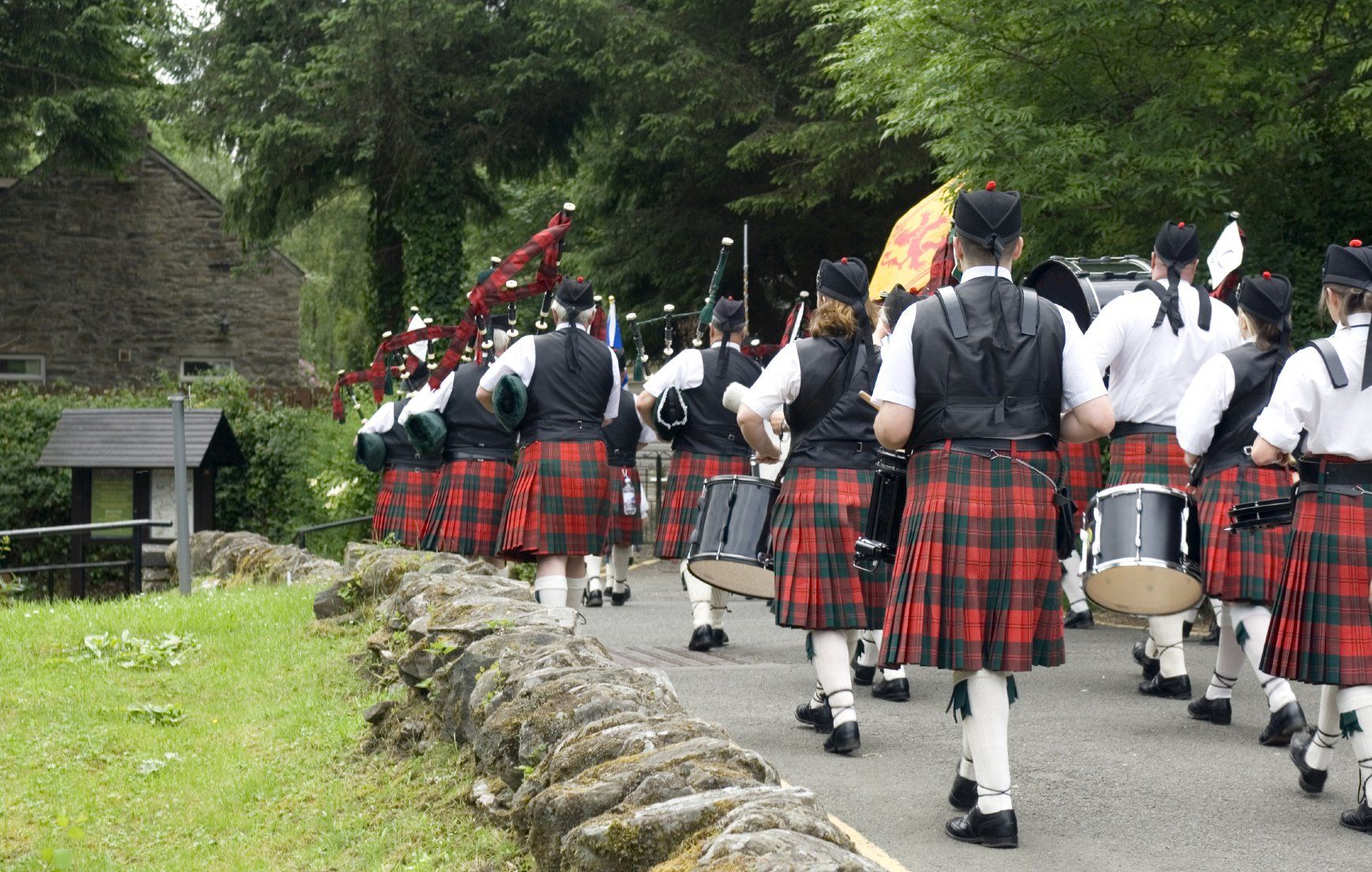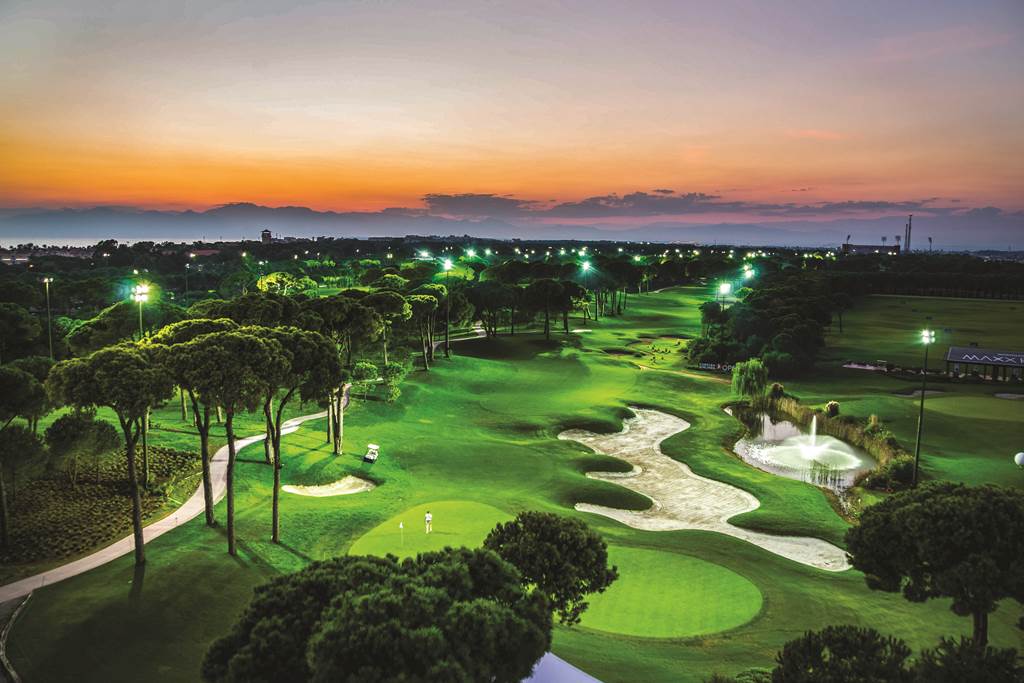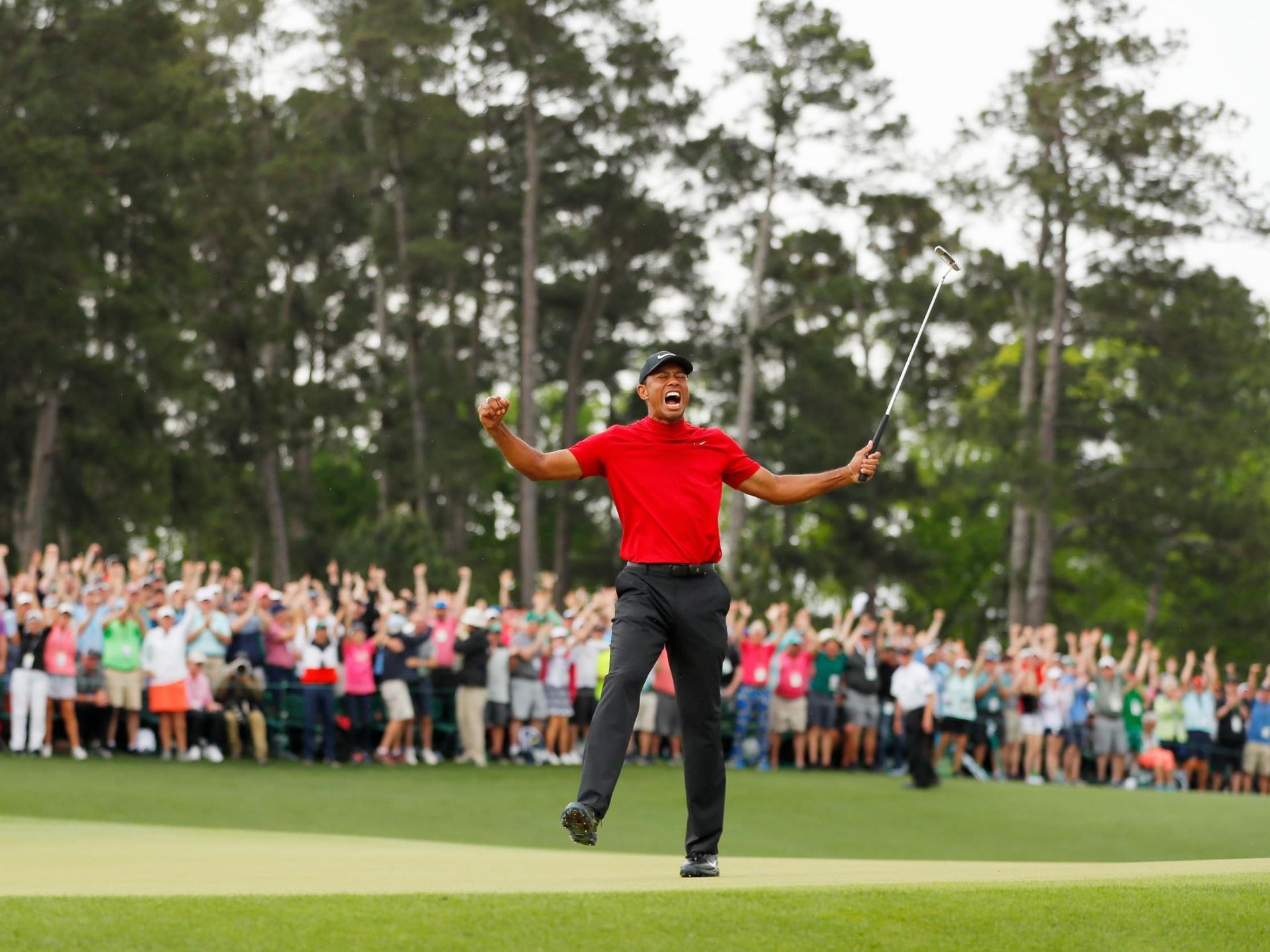The most important golf club you’ll ever use
The putter can save you strokes like no other club in your bag

Officially, we are only allowed to carry fourteen golf clubs in our bags for any given round, but are all of them necessary for a perfect game? After all, the amount of clubs at your disposal will never determine the success of your game, and most professional golfers rarely utilize all of them. So, after conducting extensive study on which is the most important golf club you'll ever use, this is what we discovered.
The most important golf clubs, according to most professional players, are putters, wedges, and drives. In fact, most golfers say the putter has helped them save more strokes than any other club, followed by the driver and wedges.
You can score the most points in any round if you have the appropriate golf clubs. So, in this article, we'll show you why the putter is the most crucial golf club you'll ever own.
For most players, the putter is an essential part of the game. It is used to strike the ball. Proper alignment is key to the successful putting. Therefore, it is important to choose the right putter for your height, posture, and eye position. It is important to choose a putter that fits your body type, and one that is comfortable for your stroke.
The Putter
A putter is a golf club that is used to perform low-speed, generally short strokes with the primary purpose of rolling the ball into the hole from a short distance. This club is often made of wood or iron and has a low-loft striking face, positioning guides, a non-circular grip, and bent shafts. This club is often used around the cup, however some courses include roughs and fringes near the green, making this club the best option.
While no golf club is absolutely necessary, this alternative gets very near because it is created for a specific function; hence, every golfer carries this club.
The Design of the Putter
Because putting is the primary goal of golf, this club must be designed to provide you with all technical benefits. This features a fantastic impact, superb glide, a bounce-free topspin ball launch, a smooth stroke, and a perfect fit in terms of shaft length and angle. Because the hitting face of the putter is not perpendicular to the floor, they have a tiny loft to lift the balls out of a depression.
The loft of the putter is around 6 degrees, and it is not authorized to surpass 10 degrees. The only club with a non-round grip features a shield-like cross-section with a curved bottom and flat top. The only golf club with a bent shaft is the putter. To boost stability, clubmakers often link the clubhead to the shaft.
However, the shaft of the club is bent close to the head mounting, so that the head position and lie place the line of the elongated section of the club at the sweet spot of the subhead, where a ball must be for a flawless putt. Because you can easily direct your swing through the balls without feeling like you're behind it, this design improves your accuracy. Some putters include a hosel, which helps place the club's shaft in line with the center of the ball at impact, improving feel and stability.
The Putter's Evolution
This club was originally known as a putting cleek and was manufactured from a variety of wood species such as hazel, ash, and beech. The head of this club evolved over the 1900s, with the iron club head being fairly popular among golfers. Since the 1950s, the club's president has changed several times.
Karsten Solheim was among the first designers to use scientific methods to their creation of the putter, which was originally made from iron. Karsten fastened it in the center rather than attaching the putter's shaft to the heel of the blade. It aided in transferring the weight of the club head to its periphery.
Attempts to enhance the putter's head and lower its center of gravity resulted in a thick and short head that has been bent from the back to the front. The use of investment casting enables designers to create a variety of cheap putter forms. It enabled them to maintain the clubface's bulk as low as possible, resulting in an L-shaped side design with a flat and thin face.
The installation of another thin block along the club's base shifted the weight of the clubface as far away from the center as feasible. It reduced club twisting when it made off-center contact with the ball, providing your golf club a larger sweet spot.
Some designers have substituted a polymer compound or soft metal for the metal at the sweet spot, which rebounds and yields at the point of impact. It boosted the peak impulse of the ball at contact, resulting in increased distance.
Putter Types
1. Top-Balanced Putter
When the shaft is balanced on your finger, the toe of the top-balanced putter points to the floor. As a result, its COG (center of gravity) is not below the shaft axis of the club. This putter has a tendency to shut and open throughout the stroke and is suitable for players who have an arc in their stroke.
2. Face-Balanced Putter
When the shaft is balanced on the finger, the face-balanced putter always has its face looking upwards, indicating that the putter's COG is located below the shaft's axis. The face-balanced putter closes less during the follow-through and opens less during the backswing.
Designs for Putter Heads
The putter's head is available in a variety of designs that are intended to improve your game. Among these head designs are:
1. Putter with a Mallet
Mallet-shaped putters have the same advantages as large-head driver designs. A mallet putter is more forgiving and consistent on the green. In order to assist golfers in properly aligning their putts, most manufacturers employed a variety of alignment forms and aids on the back of the head.
The putter's deep shape enables golf club manufacturers to boost MOI (moment of inertia) and have a more profound and lower COG. It aids in performance and reduces spins on off-center putts. Mallet-shaped putters have a balanced face and are best for straight strokes.
2. Putter with a Weighted Periphery
This design is a natural progression from blade putters. The peripheral-weighted putter may be thin and long at address, but the extra weight in the toe and heel parts offers forgiveness and consistency. This design, made famous by the 1966 Ping Anser's design, helped revolutionize golfing and is currently used by some of the world's best players.
3. Putter Blade
Blade putters are the most conventional and oldest type of putter on the market, and they are still in use today. Between 1900 and 1990, the blade putter was popular due of its compact head. That's because its flat and basic form was straightforward to manufacture, and the soft impact it generated made it popular on a variety of greens.
Originally intended for quicker, more difficult greens that need a delicate touch, this style of putter is face-balanced. This implies they are best suited to players with straight putting strokes.
A putter is the most important piece of equipment in a golfer's bag. It is the most essential tool that the player needs to be successful on the green. It is the most vital tool for improving your game and helps you reach the highest scores. If you are not confident in your putting skills, a putting lesson might be the most crucial lesson you’ll ever have!
































